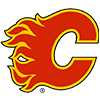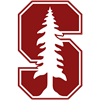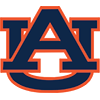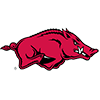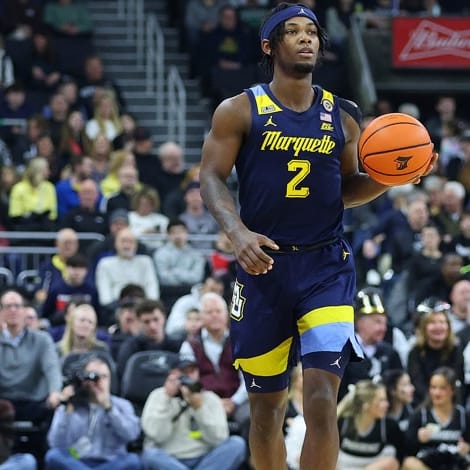Also, don't forget about five-star prospect DeAndre Ayton, who checks in at No. 2 overall in the 2017 ESPN 100. The future Arizona Wildcat was profiled in our inaugural Best in Class column.
 Troy Brown -- SG -- (6-7, 210)
Troy Brown -- SG -- (6-7, 210)
Brown, a five-star recruit, isn't a very flashy player, but his fundamentals across all aspects of the game lead him to be a strong asset and an underrated prospect for the Oregon Ducks. He seems to have a good shooting stroke and has a fantastic frame for his position at 6-foot-7 with a 6-11 wingspan and 8-8 standing reach. The Las Vegas native could likely play at the two or three, but exhibits the skills of a point guard, though that position is still a bit of a work in progress. Due to the strength of this class, Brown has the ceiling to become a late-lottery pick in the 2018 NBA Draft. He doesn't specialize in any one particular asset, but shows the potential to be a strong two-way player in the future. Fantasy-wise, this means he can fill up many categories for owners, not just points. Brown also shows the ability to be a facilitator, which will help ease the load off of point guard Payton Pritchard (7.4 ppg, 3.6 apg). He'll likely make an immediate impact at Oregon as either the starting shooting guard or small forward due to the departure of Tyler Dorsey and Dillon Brooks to the NBA, meaning Brown will get enough minutes right off the bat in order to have solid production.
Despite his all-around fundamental strengths, Brown does lack some traditional aspects of athleticism, and seems to have issues getting around smaller players due to a lack of explosive acceleration, which is part of the case for him starting at small forward instead of shooting guard. If Brown can develop, get stronger and just slightly faster with a collegiate conditioning program, he'll be a big problem for opposing defenders in the (historically) defensively weak Pac-12.
Brown's BallisLife mixtape exhibits his best strengths:
 Kris Wilkes -- SF -- (6-7, 200)
Kris Wilkes -- SF -- (6-7, 200)
Wilkes won the prestigious honor of being Indiana's Mr. Basketball in 2017, an award reserved for the best player in the state's crazy land of high school basketball. He is known for his crazy athletic highlight reel dunks and is the newest proponent of the medium-length shorts (see OG Anunoby, DJ Wilson, Patrick McCaw, and any player from the '80's for reference). For a small forward he has fantastic size, standing at 6-7, with a 6-11 wingspan and 8-8 standing reach. In fact, this nearly the same size as the more polished but less explosive and athletic Troy Brown, who is profiled above. Two of Wilkes strengths, defense and transition offense, complement each other well. His size and athleticism allow the possibility of being a multi-positional defender while being a fantastic option for fast-break offense. With UCLA's fast style of play, Wilkes will naturally fit in in this respect. It's also likely that Wilkes will immediately be the Bruins starting small forward due to the lack of depth at the position, so he should get enough minutes to be able to produce for both fantasy owners and his team.
One of his weaknesses is that he plays more like a power forward with the size of a small forward. The best way he can mitigate this weakness is by adding muscle to his frame in order to be able to play both positions more easily. It's also unknown how he will fit in with the rest of his recruiting class, which features fellow 5-star recruit, point guard Jaylen Hands, and little brother of recent Lakers' draftee, shooting guard LiAngelo Ball. While neither will fight for playing time with Wilkes, either of the two also has a chance to emerge as the stronger fantasy producer depending on the team's chemistry and roles. This makes Wilkes a bit more of a risky pick as a freshman, but it's possible his owners reap massive rewards if he ends up being the star, or even sidekick (see T.J. Leaf) of the team.
Watch Indiana's Mr. Basketball put on a show:
 Kezie Okpala -- SF -- (6-8, 185)
Kezie Okpala -- SF -- (6-8, 185)
Okpala is a bit of a sleeper in the Pac-12. Before he grew eight inches in a year and a half, he was previously not highly recruited, but now he's a 5-star recruit. Much like those who came before him, such as Charlie Moore and Ivan Rabb of Cal, he didn't get a whole lot of hype coming in. Stanford will definitely be able to use him, however, and he could provide fantasy owners with sneaky value as a waiver wire pickup once his role is established. At 6-8 and 185 pounds, Okpala has the size to contribute at the small forward position right away. If he can fill out his frame a bit, he could have a chance to play stretch-4 in small ball situations. The native Californian is a versatile scorer due to his upbringing as a guard, and his new-found lengthy wingspan and athleticism gives him the potential to be a strong defender as well. One question surrounding Okpala is playing time. Dorian Pickens (12.3 ppg, 3.5 rpg, 1.2 apg, 1.0 spg) currently occupies Okpala's natural starting spot and is one of their best deep shooters and Stanford's leading scorer, Reid Travis (17.4 ppg, 8.9 rpg) is slated to start as power forward. My best guess is that even if Okpala doesn't start in his freshman season he should get ample minutes as Stanford's sixth man off the bench in multiple positions.
Watch Okpala (No. 0) go to work:






















